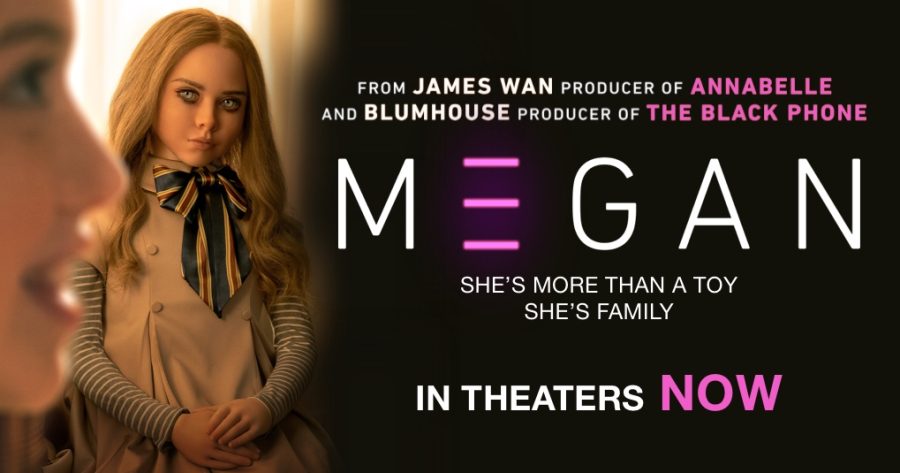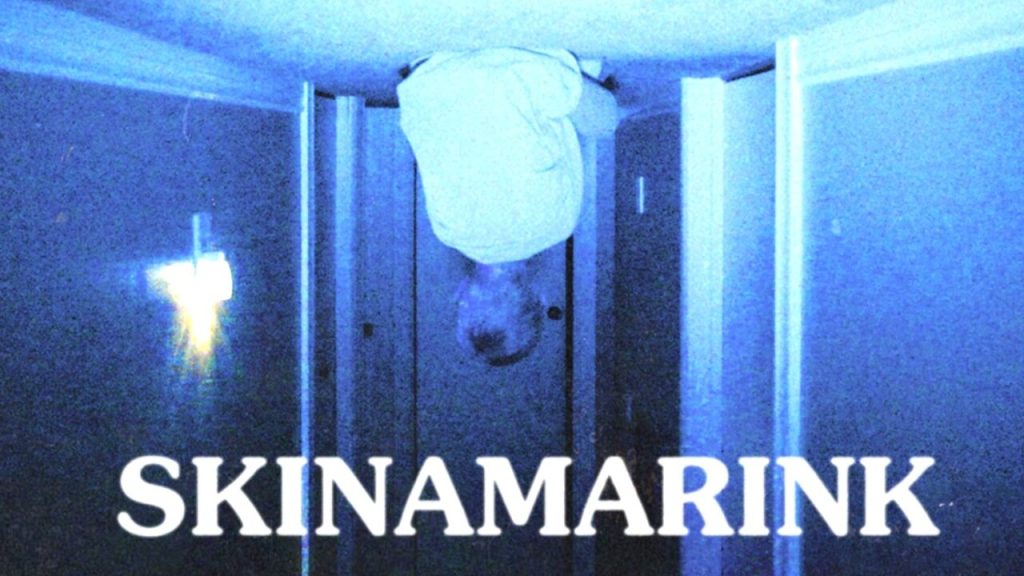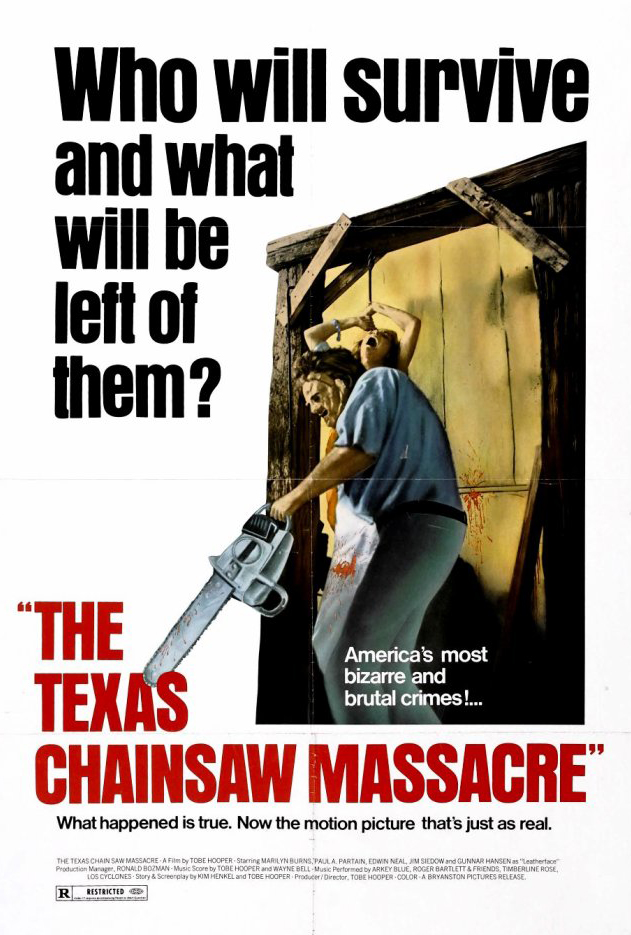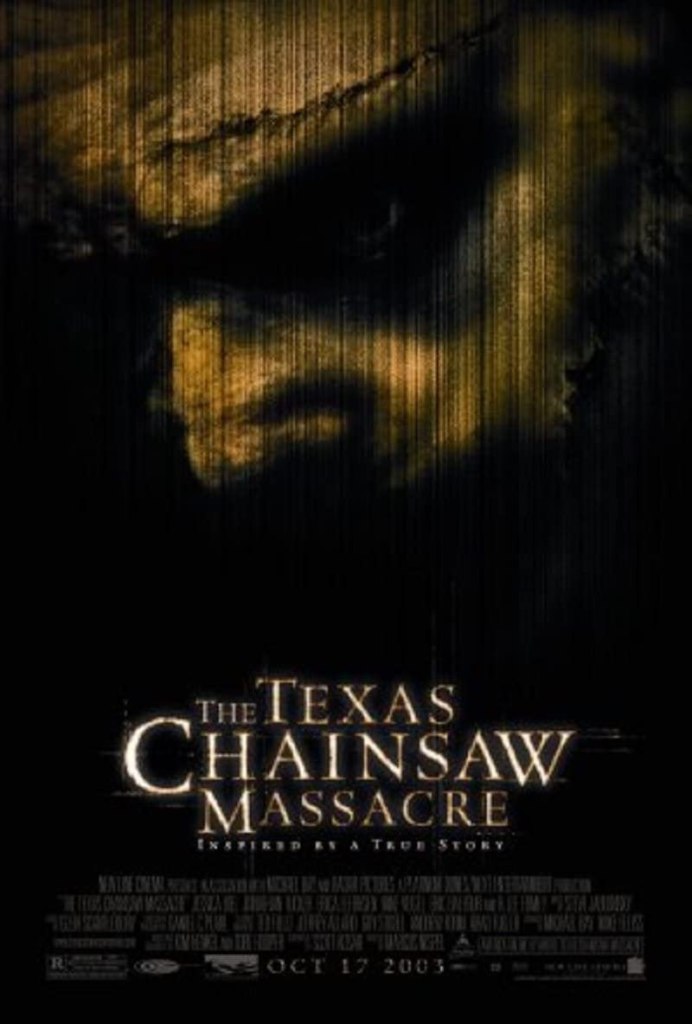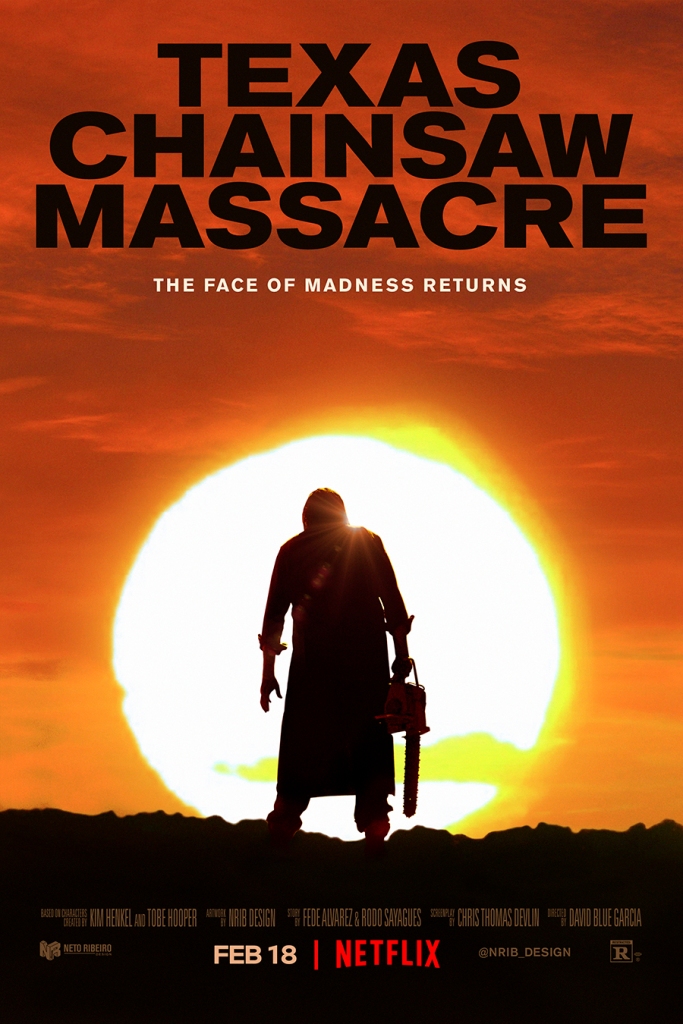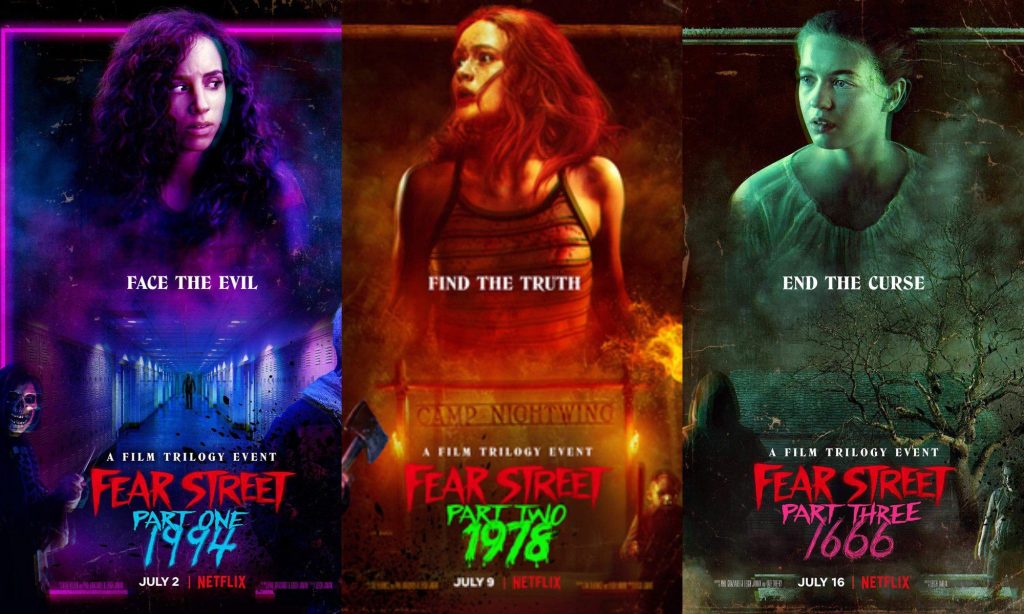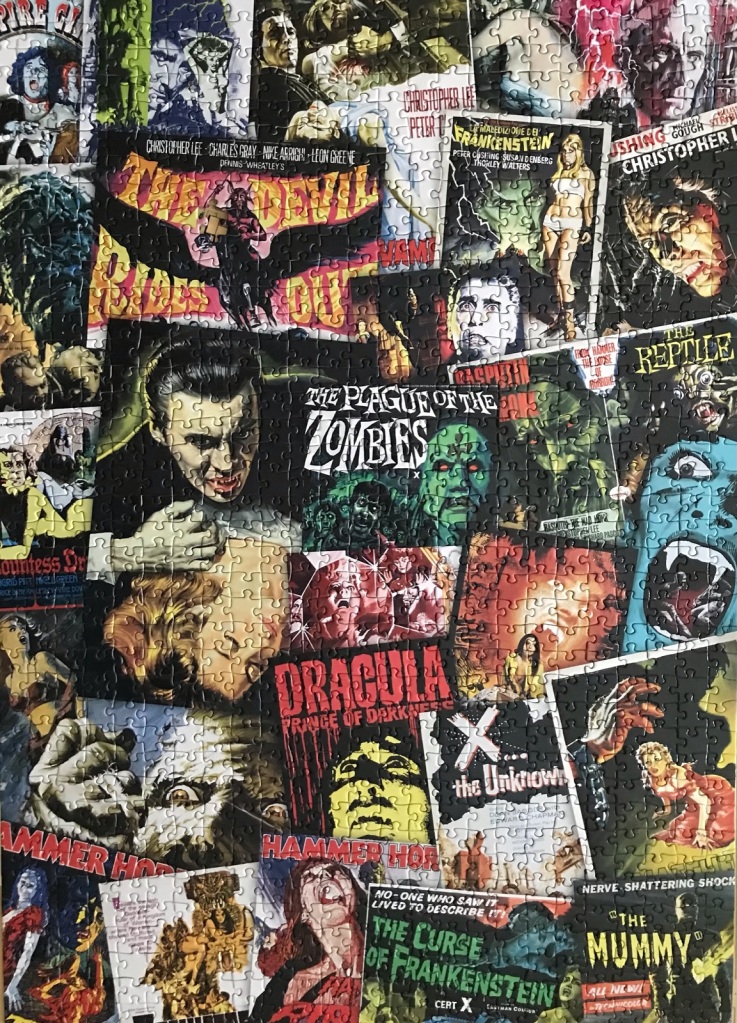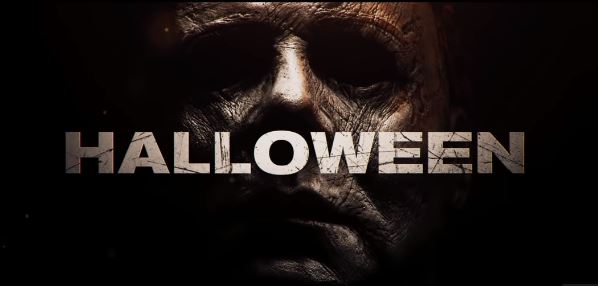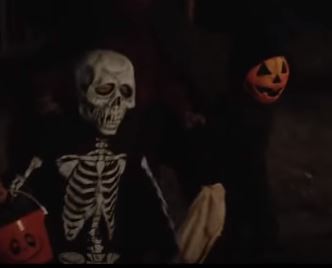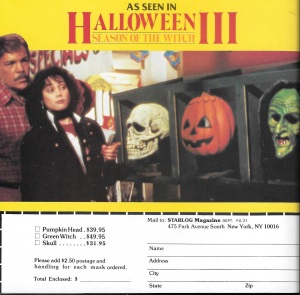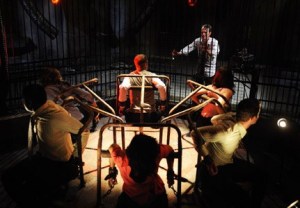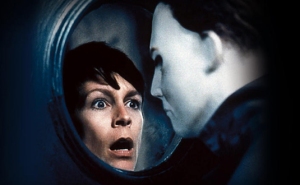
Earlier this month, the trailer for the latest film in the long-running HALLOWEEN franchise had its unveiling, and along with that came the information that it would be serving as a direct sequel to the original HALLOWEEN (1978).
Now, long-running franchises will often have “non-canon” installments. Sometimes they’re meant as an intentional new direction, sometimes they come as a result being disregarded by a subsequent film (for example, Superman Returns wisely side-stepped the existence of Superman III and Superman IV), but either way, it usually just means that if you were to sit down to watch the whole franchise, you could skip over an installment or two and not have it affect the main storyline.
But the HALLOWEEN franchise takes it one step further. As of right now, it has managed to create multiple divergent storylines within its franchise. Indeed, you can easily say that HALLOWEEN has now become the Choose Your Own Adventure of film franchises.
Partly due to original HALLOWEEN heroine, Jamie Lee Curtis’s unexpected agreement to return on multiple occasions to her most iconic role, selections from the 11 films in the HALLOWEEN franchise can be viewed in such a way that you can have up to 6 possible storylines based purely on what direction you want the story to go…just like the much cherished CYOA books of many of our youths.
How so, you ask?
Well, you give a [SPOILER WARNING] and then you start just like this…
(Tip: follow the orange path you choose by jumping to it’s matching green heading)*
It is a dark and foreboding night. An owl hoots in the distance. The only other sound is from the wind’s occasional rustling of the fall foliage. In other words, it’s a perfect time for a HALLOWEEN marathon! But now you must decide: Do you want your film experience featuring the masked killer Michael Myers to be…
…launched under the ground-breaking, atmospheric and skillful direction of John Carpenter? If so, then start with HALLOWEEN (1978).
…seen through the grubby and gory eyes of director Rob Zombie? If so, then start with HALLOWEEN (2007).
…a one-and-done film free of any appearance, reference or relation to Michael Myers? If so, then skip to HALLOWEEN III: Season of the Witch.
*NOTE—if you were one of those people who just always skipped to the end of Choose Your Own Adventures, then do what you know and skip to the TL;DR section below for a round-up of the films in each storyline.
HALLOWEEN (1978): Michael Myers, imprisoned in a mental institution since he was 6 years old for the brutal murder of his sister, escapes on the eve of the 15th anniversary of her death – Halloween, 1978. He heads back to his hometown of Haddonfield where he begins stalking a small group of teens and eventually kills three of them. One survivor, babysitter Laurie Strode, fights off his repeated attacks until he is shot six times by his psychiatrist, Dr. Sam Loomis, and plummets off a second story balcony.
If you want Michael to escape and continue his night of terror in Haddonfield, move on to HALLOWEEN II (1981)
or
If you want Michael to get caught, skip to HALLOWEEN (2018)
HALLOWEEN II (1981): continuing from HALLOWEEN (1978): Michael Myers, having survived being impaled with a knitting needle, poked in the eye with a hanger, stabbed with a butcher knife, six gunshots to the chest and a two-story fall off a balcony, shakes it off and casually makes his way to Haddonfield Memorial, where his only surviving victim, Laurie Strode has been taken. While Michael slices through the hospital’s graveyard crew, Dr. Loomis learns that Laurie Strode is Michael’s baby sister (who was adopted after Michael’s parents were killed shortly after Michael was incarcerated for killing his sister). Realizing that Michael has returned to Haddonfield specifically to kill Laurie, he races to the hospital, managing to save Laurie once again before it’s too late. This time around, he fills an operating room with flammable gas, flicks a lighter and blows him and Michael right the hell up. Michael, fully on fire, stumbles out of the room and then falls to ground, motionless.
If you want Michael and Dr. Loomis to both survive, then follow their saga through HALLOWEEN 4: The Return of Michael Myers, HALLOWEEN 5: The Revenge of Michael Myers and HALLOWEEN: The Curse of Michael Myers
or
If want Dr. Loomis to survive the fire and Michael to be presumed dead, jump to HALLOWEEN H20: Twenty Years Later
HALLOWEEN (2007): Sit in on the story of Michael Myers’ childhood and watch as this cherub faced moppet develops an interest in torture and brutal violence that reaches its apex when he kills a bully, then his sister, her boyfriend and his stepfather all on one Halloween night. Incarcerated in a juvie loony bin, Michael manages to kill a nurse, which finally drives his Mom to suicide. Michael then grows up to be human giant Tyler Mane and makes a bloody breakout on Halloween Eve to return to Haddonfield. Determined to find his baby sister Boo, (who now goes by the name her adoptive parents gave her, Laurie Strode) Michael extracts gory, rage-fueled carnage on anyone who even glances his way. He is ultimately shot by Laurie herself, since his psychiatrist, Dr. Loomis, is not much of a reliable nor noble person.
Still alive, Michael is taken away in an ambulance to HALLOWEEN II (2009), where he escapes when the ambulance hits a cow. We then go to the hospital where Laurie has been taken for what is obviously a dream, because it’s a quite-well executed and suspenseful sequence where Michael stalks Laurie through the hospital corridors, stairwells and outside grounds. But then Laurie wakes up and is now permanently grumpy and whiney. Michael spends a year as a killer hobo before he returns to his quest of reclaiming his sister Laurie-Boo. As Michael is driven on by visions of his dead mother and a white horse to brutally massacre an assortment of redneck stereotypes and other unlikable people, you only have yourself to blame for watching this ugly mess. THE END
HALLOWEEN III: SEASON OF THE WITCH: A doctor uncovers a sinister plot by an evil Halloween mask maker that involves a ritual requiring the sacrifice of thousands of children. To execute his plot, his company’s top-selling Halloween masks (“The Halloween Three”) each have a built-in death device to be triggered by a special TV signal on Halloween night. The doctor joins forces with a missing mask retailer’s daughter and they struggle to prevent the Halloween carnage from happening. Do they succeed? Unclear. THE END
HALLOWEEN 4,5,6 (Return, Revenge, Curse) continuing from HALLOWEEN II (1981): It’s 10 years after that fateful Halloween night that ended with a hospital fire that crippled Dr. Loomis and put Michael Myers into a coma. In that time, survivor Laurie Strode got married, had a daughter (Jamie), then died in a car crash with her husband. During a patient transfer, Michael wakes from his coma, makes a bloody escape, and returns to Haddonfield to kill his niece, 9 year-old Jamie.
He is pursued yet again by Dr. Loomis as he slices his way through Haddonfield but is ultimately unsuccessful in killing Jamie, so he returns the following year (HALLOWEEN 5) to do it all over again. He is briefly caught and taken into custody before a mysterious man in black ambushes the police station, releases Michael and kidnaps Jamie.
Seven years later (HALLOWEEN 6) we find out that Jamie was kidnapped by a cult that protects Michael and we also learn that the method to Michael’s madness all has to do with some Celtic ritual that has ties to his bloodline. Dr. Loomis and Tommy Doyle (Laurie’s babysitting charge from 1978) team up, track down the cult and finally, if not ambiguously, put an end to Michael’s reign of terror. THE END
HALLOWEEN H20: Twenty Years Later continuing from HALLOWEEN II (1981): It’s 20 years after that fateful Halloween night that ended with a hospital fire that crippled Dr. Loomis. Michael Myers was presumed dead as his body was never recovered, but that didn’t stop Laurie Strode from going into hiding. In fact, she faked her death, changed her name and moved to California, where she had a son and became headmistress of a secluded private school. But now, Michael—alive and well all these years—finds this information out by breaking into the house of the now-deceased Dr. Loomis, stealing his files and killing his former live-in nurse (the same nurse who was there with him when Michael escaped in 1978!). Michael then makes his way across the country to the private school, kills some students and faculty and attacks Laurie and her son. Laurie, who has had ENOUGH, takes charge of things, goes head-to-head with Michael and eventually beheads him, ending the terror once and for all.
If you want Michael to really be dead so Laurie can finally have closure, then this is THE END
or
If you want Michael to escape death (because of the worst case of mistaken identity ever) and then tie up loose ends before gaining a new motive for murder, go watch HALLOWEEN Resurrection
HALLOWEEN Resurrection continuing from HALLOWEEN H20: Laurie has been hospitalized due the trauma from her realizing the man she beheaded was not her serial killer brother, but an EMT who Michael attacked and then placed, unconscious, in his mask and coveralls. Eventually, Laurie is found once again by Michael. But she’s prepared for him this time and has an elaborate trap waiting for him on the hospital roof. Unfortunately, a moment’s hesitation proves to be fatal for Laurie as Michael stabs her, sending her swan diving off the roof. Michael then returns to live like a squatter in his now-condemned childhood home until a live webcast featuring college students investigating the “mystery of America’s most brutal mass murderer” sets up shop at chez Myers, giving Michael a new reason – and victims – for some bloody Halloween havoc. THE END
HALLOWEEN (2018) continued from HALLOWEEN (1978): Michael Myers has been imprisoned since 1978, having been caught shortly after killing three teens in Haddonfield on Halloween night. 40 years later, he escapes to take up where he left off, by going after “the victim who got away”, Laurie Strode. But Laurie—now a grandmother—has been prepping herself all these years, survivalist-style, for just this moment. How will the confrontation end? Find out this October. THE END…?
TL;DR
Choose Your Own HALLOWEEN Adventure! 11 films…



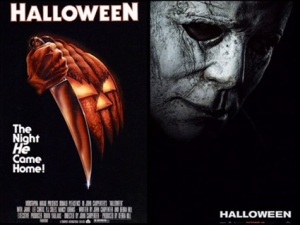


…six possible storylines!

